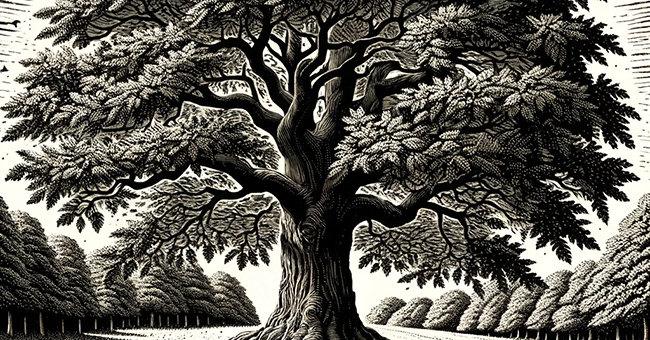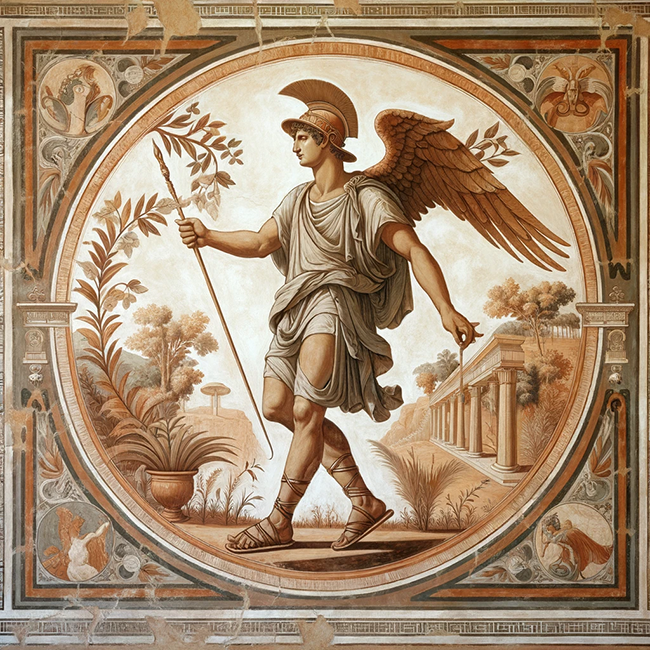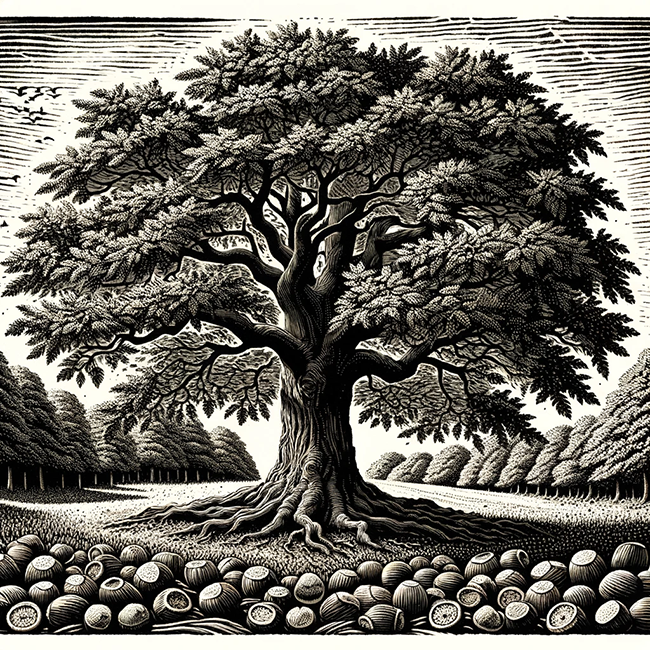
Hazel branches carry stories of magic, divinity, and wisdom. This blog post embarks on a fascinating journey to explore the multifaceted roles of hazel rods in mythology, medieval beliefs, and the age-old practice of dowsing, illuminating the profound significance this tree holds across various cultures.
The Divine Gift of Hazel in Mythology
The hazel’s mythic journey begins in the annals of Roman mythology, where it is said that Apollo, the god of prophecy, music, and healing, bestowed upon Mercury, the messenger of the gods, a rod made of hazel.

This was not a mere gift but a profound symbol of the enhancement of human ‘virtues.’ This act underscores the hazel’s esteemed status in the ancient world, linking it to divine powers and the potential for communication between the celestial and the earthly realms.
Moving from the pantheons of Rome to the deserts of the Middle East, the hazel rods of Moses and Aaron introduce a contentious but intriguing element to our story.
While direct references to hazel rods in biblical texts are elusive, the belief that these prophets wielded hazel staffs in their divine missions has permeated certain strands of Judeo-Christian thought. This connection, whether historical or allegorical, paints the hazel as a conduit of divine will and miraculous power.
Medieval Magic and the Defense Against the Dark
In the Middle Ages, hazel rods carved their niche as formidable tools against unseen forces.
Believed to ward off mischievous fairies and malevolent demons, these rods served as essential implements for white magicians and practitioners of benign magic.
The choice of hazel for wands and protective amulets speaks volumes about the wood’s perceived purity and strength, qualities necessary for battling the ethereal threats of the time.

Dowsing: The Hazel’s Connection to Hidden Realms
Perhaps one of the most enduring uses of the hazel is in the practice of dowsing.
Forked hazel twigs have historically been the instrument of choice for dowsers seeking water, minerals, or lost objects. This practice, which melds intuition with the natural world, highlights the hazel’s role as a bridge to the unseen and the unknown.
The reasons behind the preference for hazel in dowsing are manifold, encompassing its physical properties, availability, and, most importantly, its mystical reputation.
Symbolism
Beyond its practical applications, the hazel tree embodies rich symbolic meanings. It represents wisdom, a theme echoed in the story of Apollo and Mercury, where the hazel rod enhances human virtues.
The tree is also a symbol of protection and guidance, evident in its use against supernatural entities and in divinatory practices.
The hazel’s connection to water through dowsing further adds layers of meaning, associating the tree with intuition, depth, and the flow of life.
Modern Echoes of Ancient Beliefs
Today, the hazel tree continues to hold a place of reverence in the hearts of those who feel a connection to the natural world and its ancient mysteries.
Modern Pagans and practitioners of nature-based spirituality often incorporate hazel rods and wands into their rituals, drawing on the tree’s historical associations with wisdom, protection, and divination.

